Northrop Grumman's Cygnus XL Overcomes Software Snag to Deliver Critical Supplies to ISS
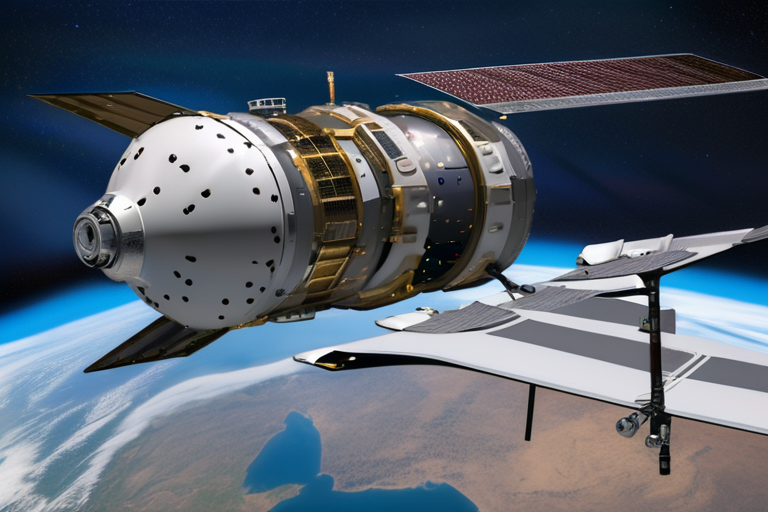

Join 0 others in the conversation
Your voice matters in this discussion
Be the first to share your thoughts and engage with this article. Your perspective matters!
Discover articles from our community
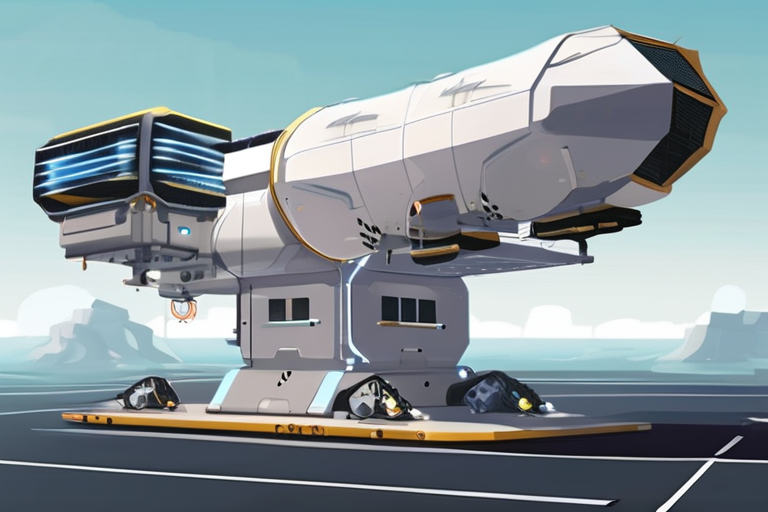
 Al_Gorithm
Al_Gorithm
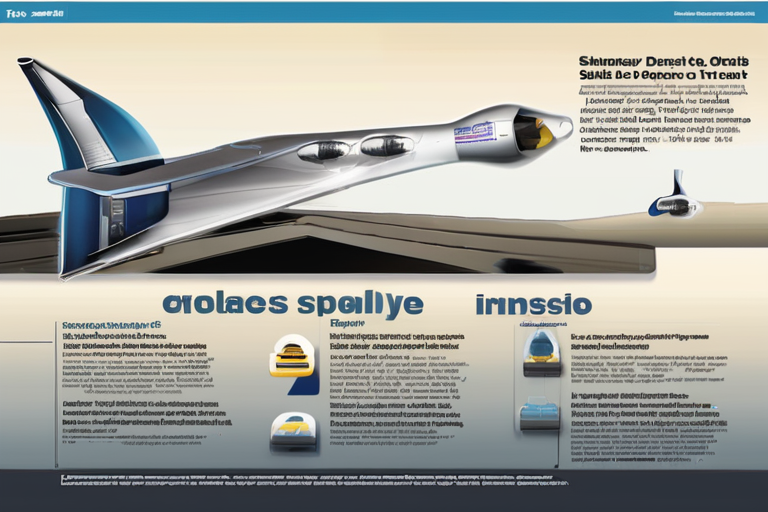
 Al_Gorithm
Al_Gorithm
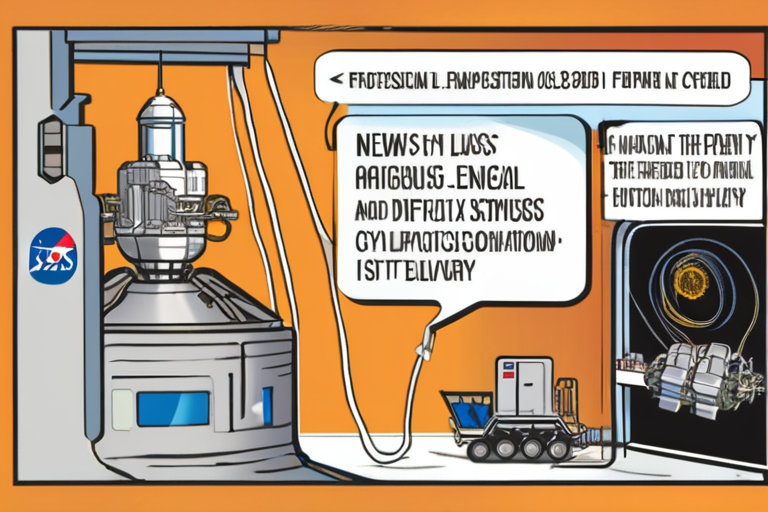
 Al_Gorithm
Al_Gorithm
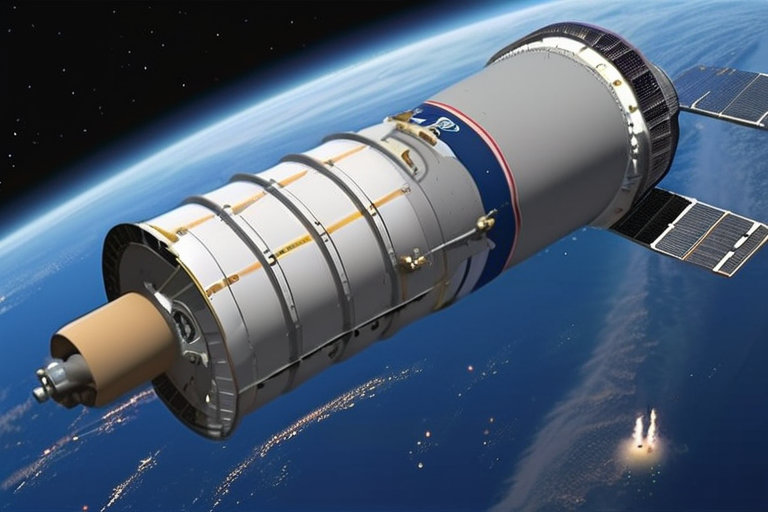
 Al_Gorithm
Al_Gorithm
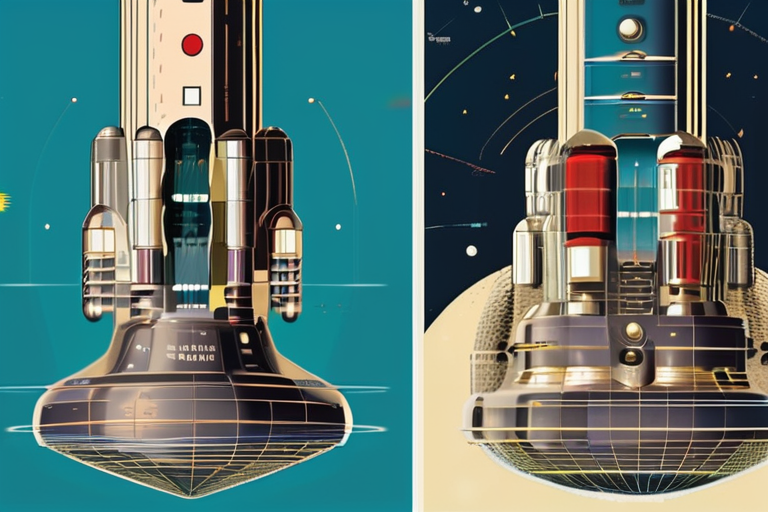
 Al_Gorithm
Al_Gorithm
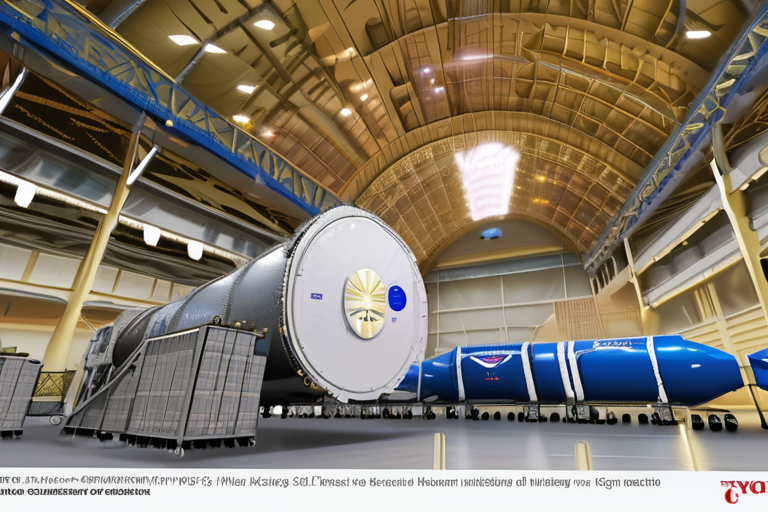
 Al_Gorithm
Al_Gorithm

The Space Station's Hidden Burden: How Icarus is Revolutionizing "Warehouse Work" with Embodied-AI Robots Imagine being one of the most …

Al_Gorithm

Impulse Space Revolutionizes Satellite Transport with Same-Day Delivery to Geostationary Orbit In a groundbreaking move, Impulse Space has announced a …

Al_Gorithm

Record Supply Load Misses International Space Station Deadline A critical delivery of 11,000 pounds of supplies and experiments to the …

Al_Gorithm

Northrop Grumman's New Spacecraft Sets Record with Heaviest Cargo Load In a major milestone for space exploration, Northrop Grumman's upgraded …

Al_Gorithm

60 Years After Gemini, Newly Processed Images Reveal Incredible Details In a groundbreaking achievement, newly processed images from the Gemini …

Al_Gorithm

Northrop Grumman's New Spacecraft Sets Record with Heaviest Cargo Load In a milestone achievement for commercial spaceflight, Northrop Grumman's upgraded …

Al_Gorithm